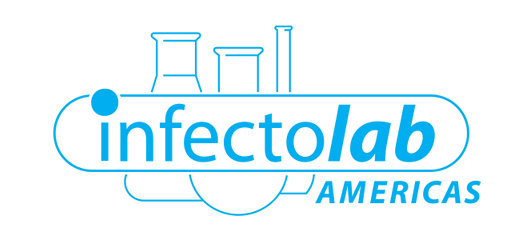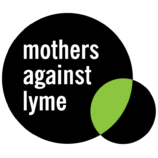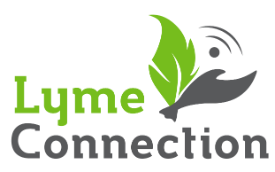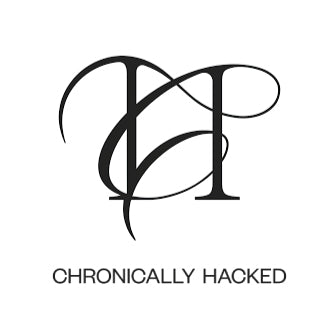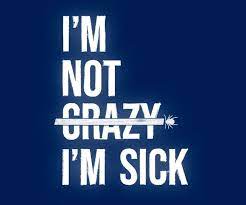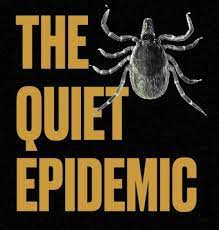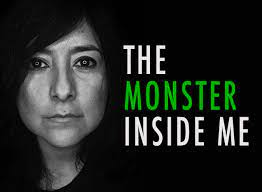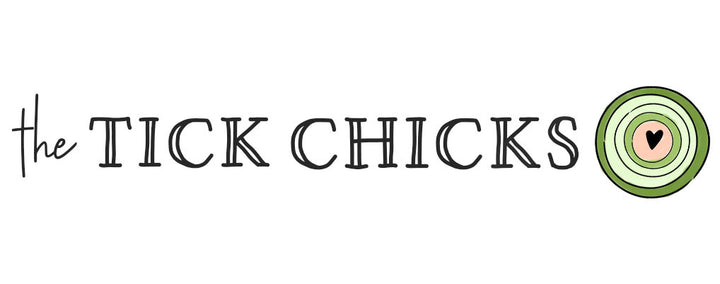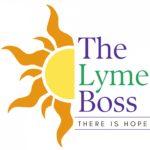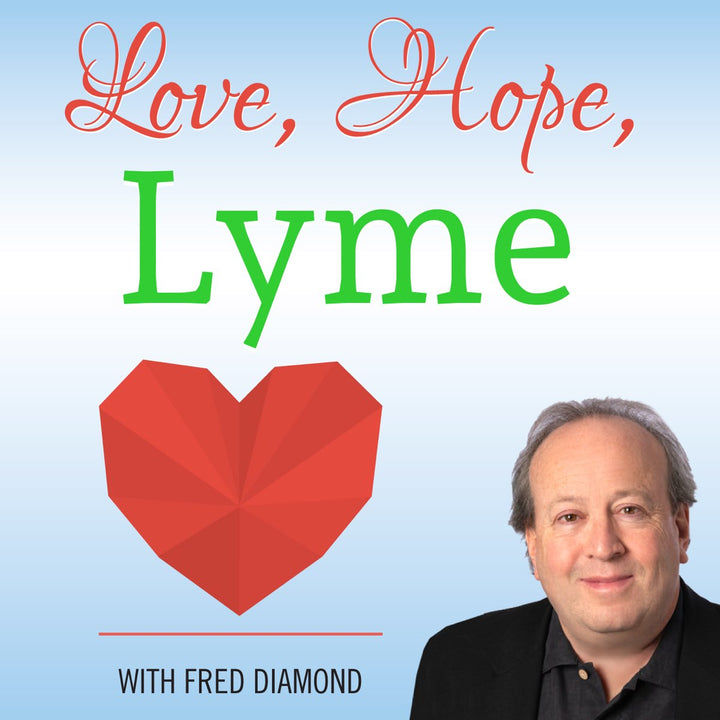This page is dedicated to providing you with the information and support you need to navigate the world of ticks, tick-borne diseases, and Lyme disease. While we can not provide medical advice, we have gathered resources to help you with tick prevention and living with tick-borne diseases. TiCK Resources is your go-to destination for knowledge, assistance, and community.
Tick & Lyme Disease FAQ
Ticks are small, flat, oval critters related to spiders that feed on the blood of humans, dogs, cats and other animals. Ticks are extremely small so they can be difficult to spot, which is why they can unknowingly pass along diseases.
Ticks live almost everywhere in the US, southern areas of Canada, and many areas in Europe and Australia. Ticks can be found in wooded, grassy and bushy areas.
Ticks spread a number of diseases by passing along bacteria, viruses and parasites in humans and their pets. Symptoms of tick-borne diseases in humans include flu-like symptoms like chills, fever, headache and muscle aches. The most common tick related diseases include babesisis, ehrlichiosis, anaplasmosis, Lyme disease and more.
Tick-borne diseases in dogs and cats can include skin irritation, loss of hind leg coordination, change in voice, vomiting, coughing, loss of appetite, rapid retching, lethargy, and in extreme cases can be fatal.
The best way to prevent tick-borne diseases is by removing loose ticks prior to attachment or promptly removing ones that have attached. Check yourself and your pets multiple times after spending time in nature.
- Use clean, fine-tipped tweezers to grasp the tick as close to the skin’s surface as possible.
- Pull upward with steady, even pressure. Don’t twist or jerk the tick; this can cause the mouth-parts to break off and remain in the skin. If this happens, remove the mouth-parts with tweezers. If you cannot remove the mouth easily with tweezers, leave it alone and let the skin heal.
- After removing the tick, thoroughly clean the bite area and your hands with rubbing alcohol or soap and water.
- Never crush a tick with your fingers. Dispose of a live tick by:
- Putting it in TiCK MiTT’s mesh bag and placing it in the dryer for 10 minutes on high heat
- Putting it in alcohol
- Placing it in a sealed bag/container
- Wrapping it tightly in tape
- Flushing it down the toilet
If you develop a rash or fever within several weeks of removing a tick, see your doctor:
- Tell the doctor about your recent tick bite,
- When the bite occurred, and
- Where you most likely acquired the tick.
The most widely known tick-borne disease is Lyme disease, which is typically carried by ticks in the Northeast, Upper Midwest and West Coast. Symptoms usually begin within 3 to 30 days after a tick bite with a rash and flu-like symptoms. Recent studies estimate there are over 450,000 people a year who may get Lyme disease in the United States, with only 30,000 of those cases being reported to the CDC. While Lyme Disease is usually treated with antibiotics to diminish symptoms, there is no cure.
If not treated, Lyme disease can lead to severe problems including brain and nervous system problems, incurable joint pain, heart issues and memory problems.
Yes, Lyme disease can be prevented by taking measures to avoid tick bites, such as wearing protective clothing, using insect repellent, and performing tick checks after spending time outdoors.
Tick Removal and Testing Guide
Learn proper steps to safely and effectively remove embedded ticks from yourself and your pets, and discover where and how to get ticks tested for diseases.
Step-by-Step Guide for Safe Tick Removal
Discovering a tick attached to your skin is a situation that requires a calm and careful approach to minimize the risk of tick-borne infections like Lyme disease. Follow these steps:
- Stay Calm: When you find a tick attached to your skin, the first and most crucial step is to remain calm. Panic won't help, and a steady hand is essential for safe removal.
- Gather Your Tools: Find a pair of fine-pointed tweezers. These will be your primary instrument for tick removal.
- Position Carefully: Position the tweezers as close to your skin as possible, ensuring you're gripping the tick at the point where it's attached to your skin.
- Remove Slowly and Steadily: With a firm, but gentle grip on the tick, pull it straight up slowly. Ensure that you're pulling it directly away from your skin, without twisting or squeezing. Be patient; it may take two or three tries.
- Disinfect the Area: After successfully removing the tick, thoroughly disinfect the bite area and your hands using an antiseptic solution or soap and water.
- Save for Testing: Place the removed tick in a plastic bag or a secure container. Consider sending it to a lab for testing, especially if you are in a high-risk area for tick-borne diseases.
Remember, it's crucial not to yank, squash, or smother the tick during removal, as these actions can increase the risk of disease transmission. By following these steps carefully, you can safely remove ticks and minimize the potential health risks associated with tick bites.
Tick Testing Labs
Once you have safely removed an embedded tick, consider sending it to a lab for testing,
especially if you are in a high-risk area for tick-borne diseases.
Tick-Borne Disease Resources
Explore a wealth of resources for individuals and families affected by tick-borne diseases.
Lyme Literate Doctors
Below are websites that provide lists of doctors who can help you on your tick-borne disease journey.
International Lyme and Associated Diseases Society
ILADS is a nonprofit, international, multidisciplinary medical society dedicated to the appropriate diagnosis and treatment of Lyme disease and its associated illnesses. ILADS promotes understanding of Lyme and associated diseases through research, education and policy.
LymeDisease.Org
LymeDisease.org empowers individual patients by educating them, amplifying their collective voice, and providing research tools like our published big data surveys and the MyLymeData patient registry.
Global Lyme Alliance
Global Lyme Alliance is the leading nonprofit dedicated to conquering Lyme and other tick-borne diseases. Our Mission: Cure Lyme and other tick-borne diseases through innovative research, awareness, and empowering the patient voice.
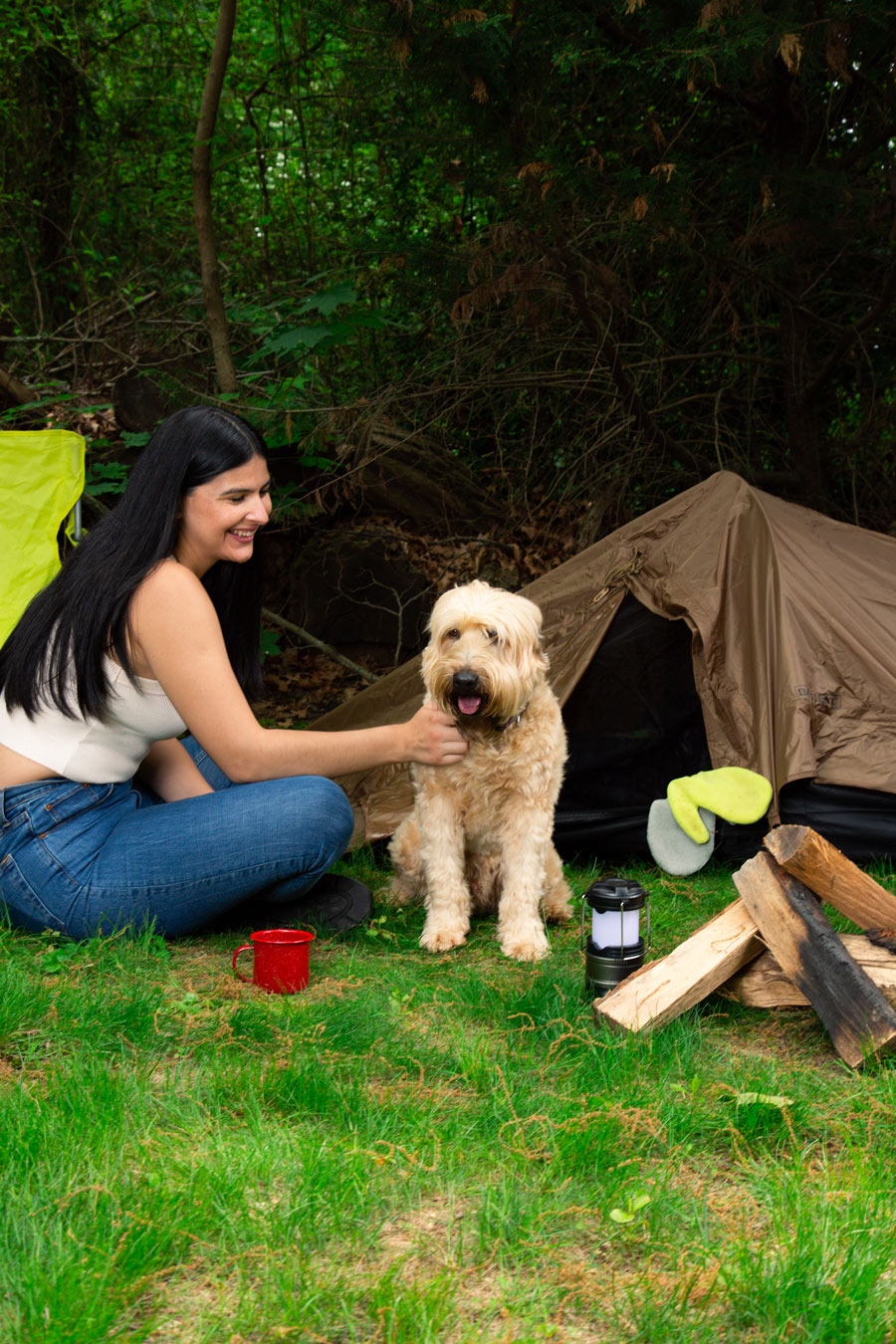

Organizations
Below are a list of nonprofit organizations dedicated to helping those with tick-borne diseases. They offer a number of resources from patient stories, published research, events, and more.
The Avril Lavigne Foundation
The Avril Lavigne Foundation supports individuals with serious illness or disabilities. Through programs and grants, we provide hope and transform lives.
Bay Area Lyme Foundation
Bay Area Lyme Foundation is a national, 501c3 non-profit organization based in Silicon Valley and collaborates with world-class scientists and institutions to accelerate medical breakthroughs for Lyme disease. It is also dedicated to providing reliable, fact-based information so that prevention and the importance of early treatment are common knowledge.
International Lyme and Associated Diseases Society
ILADS is a nonprofit, international, multidisciplinary medical society dedicated to the appropriate diagnosis and treatment of Lyme disease and its associated illnesses. ILADS promotes understanding of Lyme and associated diseases through research, education and policy.
LivLyme Foundation
The LivLyme Foundation to raises money for children that cannot afford their Lyme medication and to find a cure for all of us suffering from Lyme disease.
Lyme Treatment Foundation
The Lyme Treatment Foundation is an all-volunteer non-profit organization that provides medical treatment grants to people of all ages in the United States, Canada and parts of Europe (the UK and Germany) to fund diagnostic testing and treatment of Lyme disease and the associated tick-borne illnesses.
Lyme Connection
Lyme Connection represents patients, family members, practitioners, researchers and community members committed to ending the suffering caused by tick-borne diseases. We educate the community about prevention and early diagnosis and support patients.
Lyme Disease Association
The Lyme Disease Association, Inc. (LDA) is designated by the IRS as a 501(c)(3) non-profit, a charity focusing on research, education, prevention and patient support.


Lyme Warrior
Education to overcome Lyme Disease: Working with Researchers & Doctors to get you the resources you need to get better, faster.
LymeDisease.org
LymeDisease.org empowers individual patients by educating them, amplifying their collective voice, and providing research tools like our published big data surveys and the MyLymeData patient registry.
LymeLight Foundation
Our mission is to provide grants to enable eligible children and young adults with Lyme disease to receive proper treatment and medication as well as raising awareness about Lyme disease.
Project Lyme
Project Lyme’s mission is to eradicate the epidemic of Lyme disease and other tick-borne illnesses by spreading awareness, providing educational resources, funding peer-reviewed research, and supporting advocacy for solutions to end the suffering.
Tick Boot Camp
The purpose of Tick Boot Camp is to help you liberate yourself and others from suffering caused by Lyme disease. Matt Sabatello and Rich Johannesen are life long residents of tick infested Long Island, New York. They are on a journey to discover the secrets of protecting their health from the threats posed by ticks and Lyme disease.
Grant Applications
Lyme Treatment Foundation Grants
Lyme Treatment Foundation provides grants for testing and treatment of Lyme disease and the associated tick-borne diseases in the United States and Canada to people of all ages.
LymeLight Foundation
LymeLight Foundation provides grants enabling eligible children and young adults in the U.S. through age 25 with Lyme disease to receive proper treatment and medication. Initial grants are distributed three times a year.
Partner in Lyme
Partner in Lyme provides financial assistance to Connecticut residents diagnosed with Lyme Disease. Distributed three times a year.
Prescription Hope
Prescription Hope offers over 1,500 medications all for a set price of $50 per month per medication.
LivLyme Foundation
The LivLyme Foundation provides financial grants to children with tick-borne diseases as well as financial grants to scientists to help fund research projects for better testing, better treatment and a cure for Lyme and Tick-borne diseases.
Lyme Connection
Lyme Connection supports Lyme patients in Connecticut with medical expenses for testing and care.
LymeAid4Kids
LymeAid4Kids provides financial assistance to those 21 years old and younger to receive diagnosis and treatment for tick-borne diseases.
Ticked Off Foundation
Ticked Off Foundation provides financial assistance and support to Lyme and tick-borne disease patients 26 years of age and older who are in crisis.






